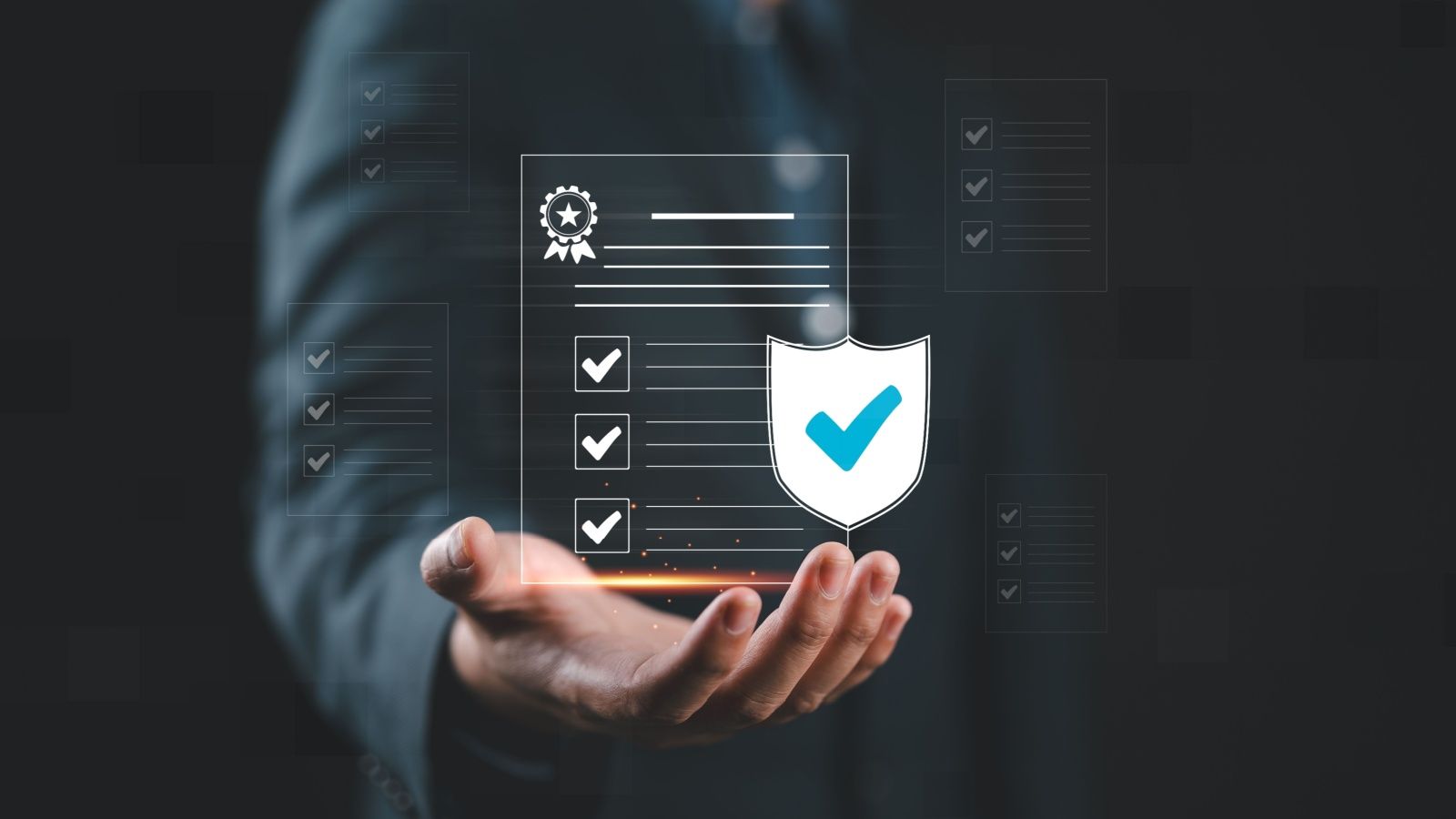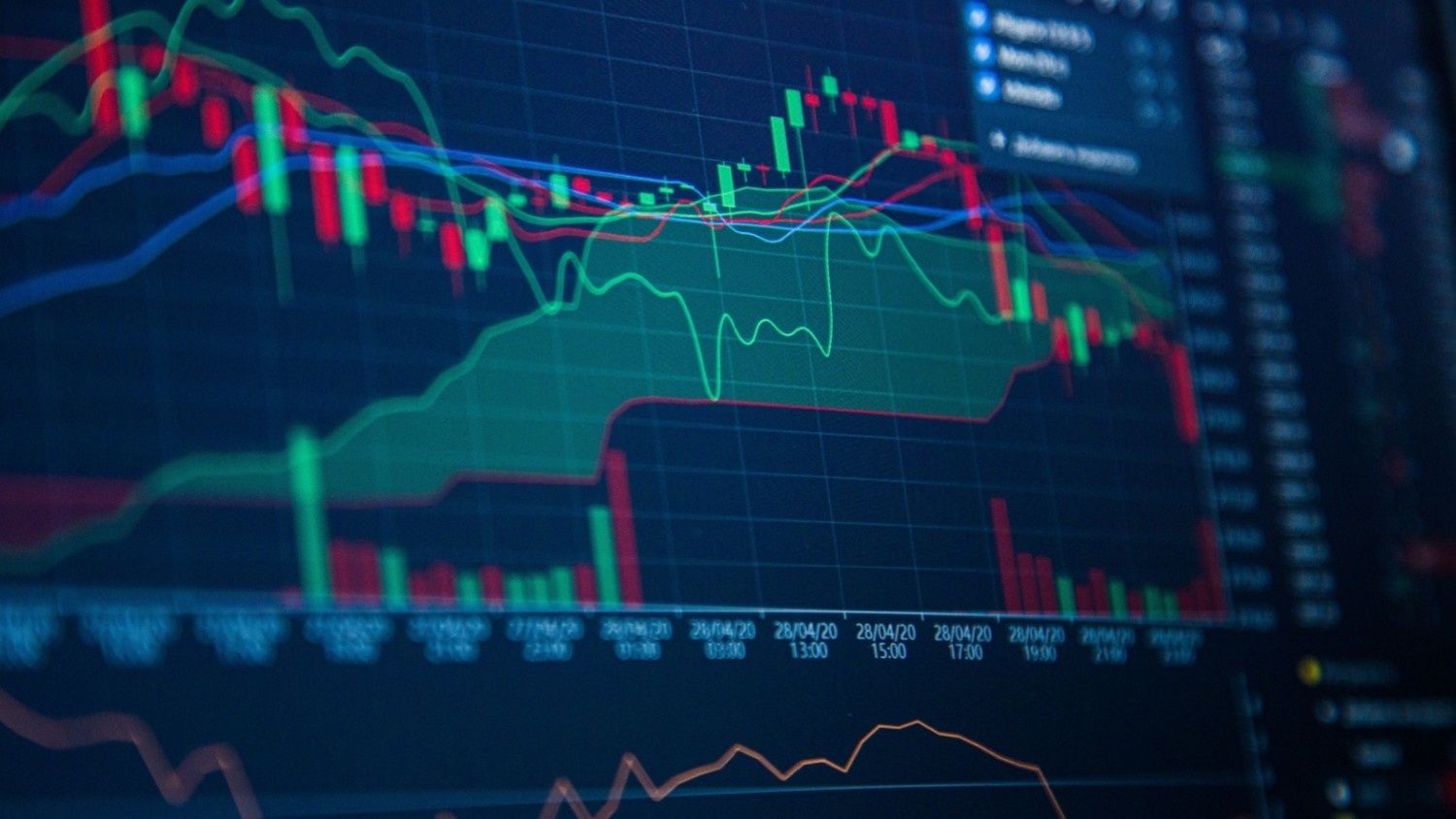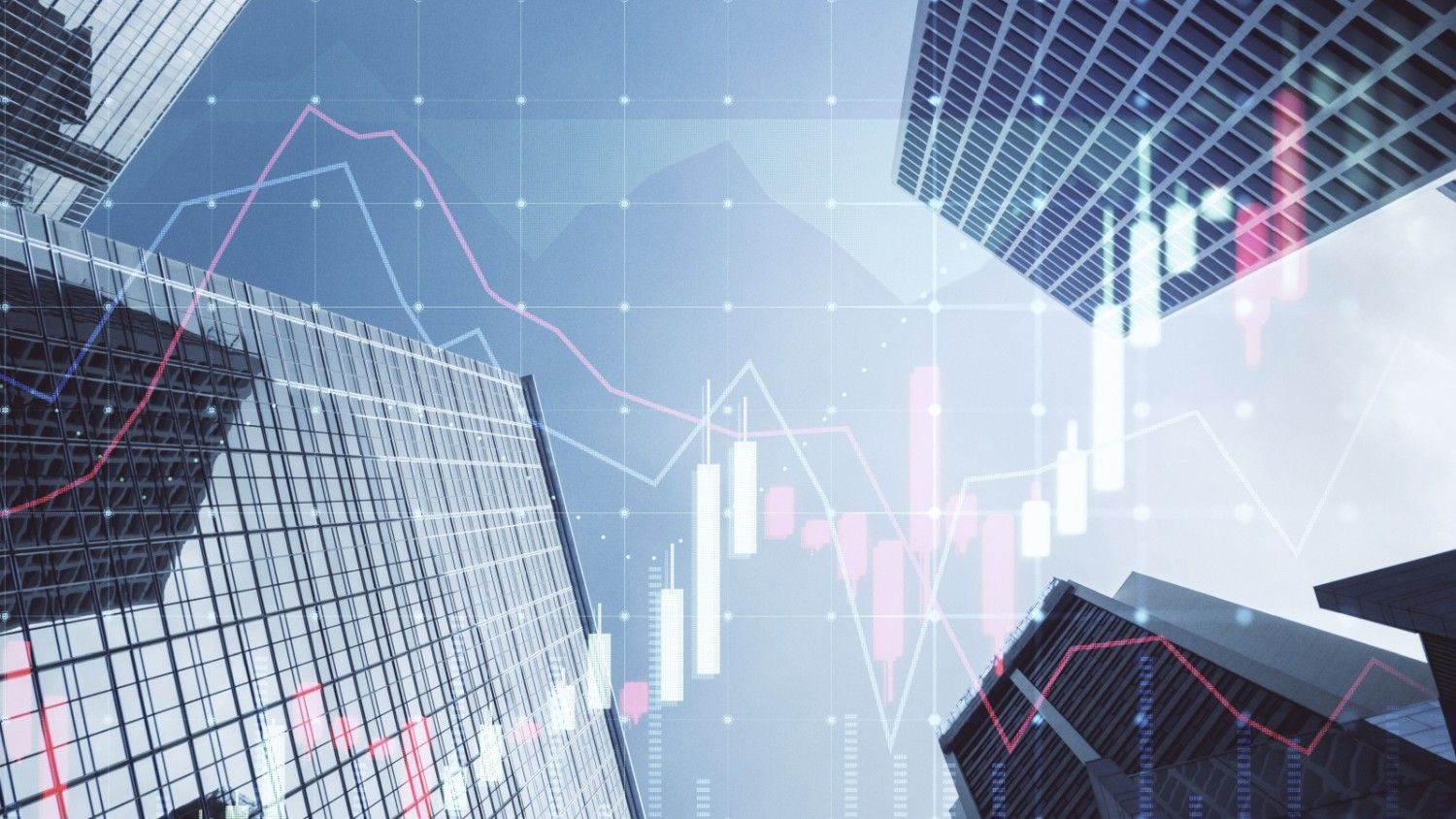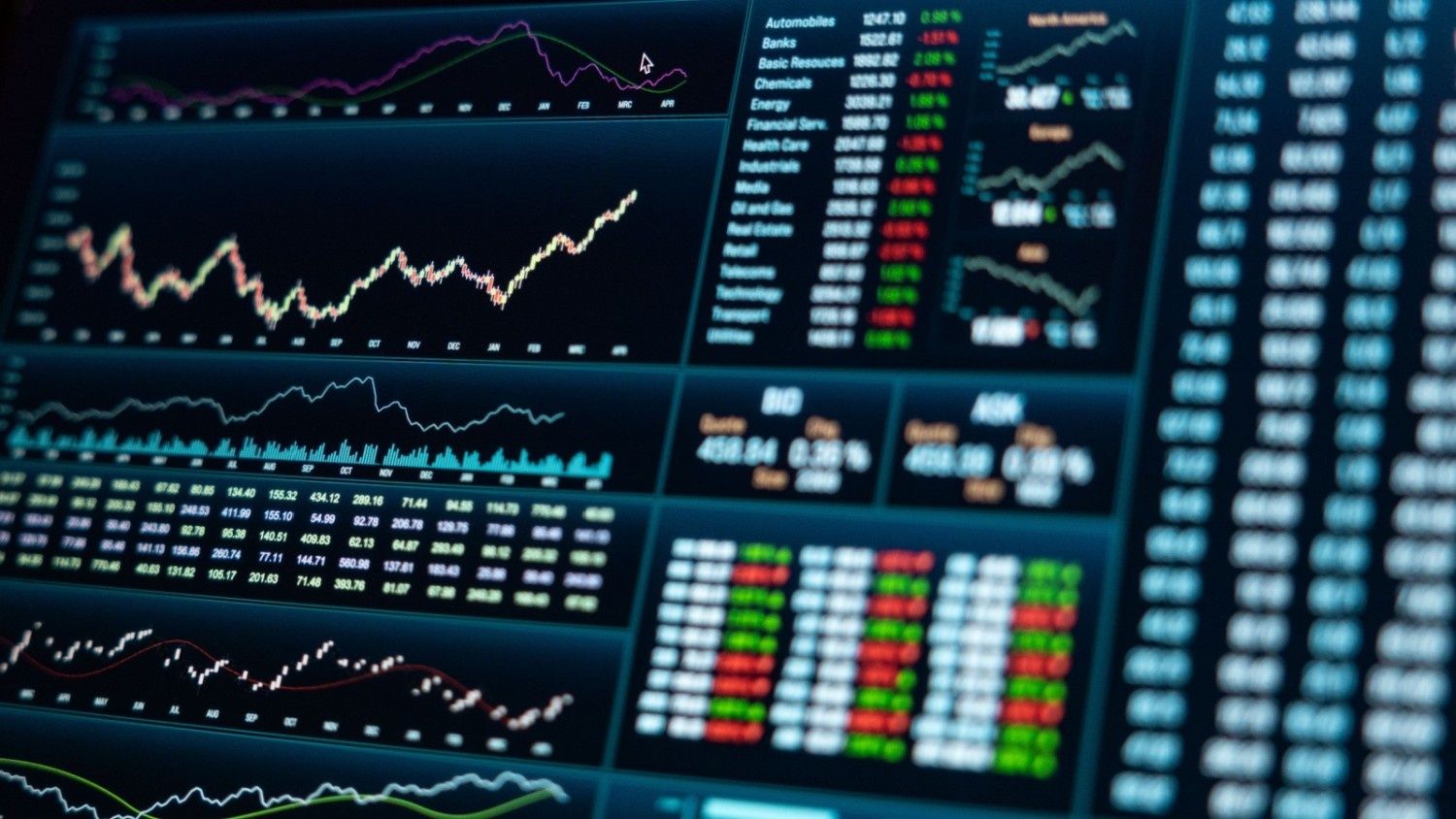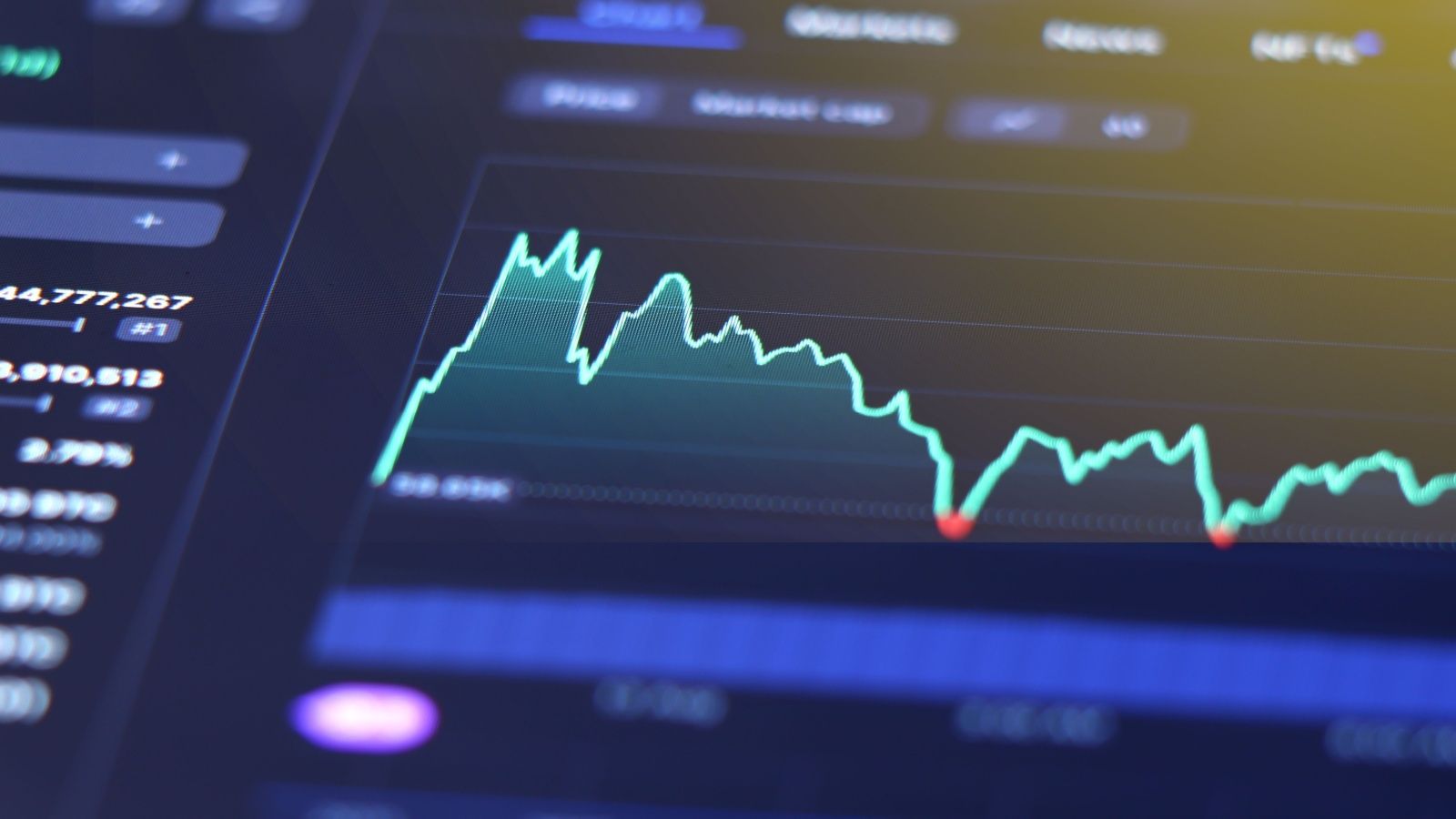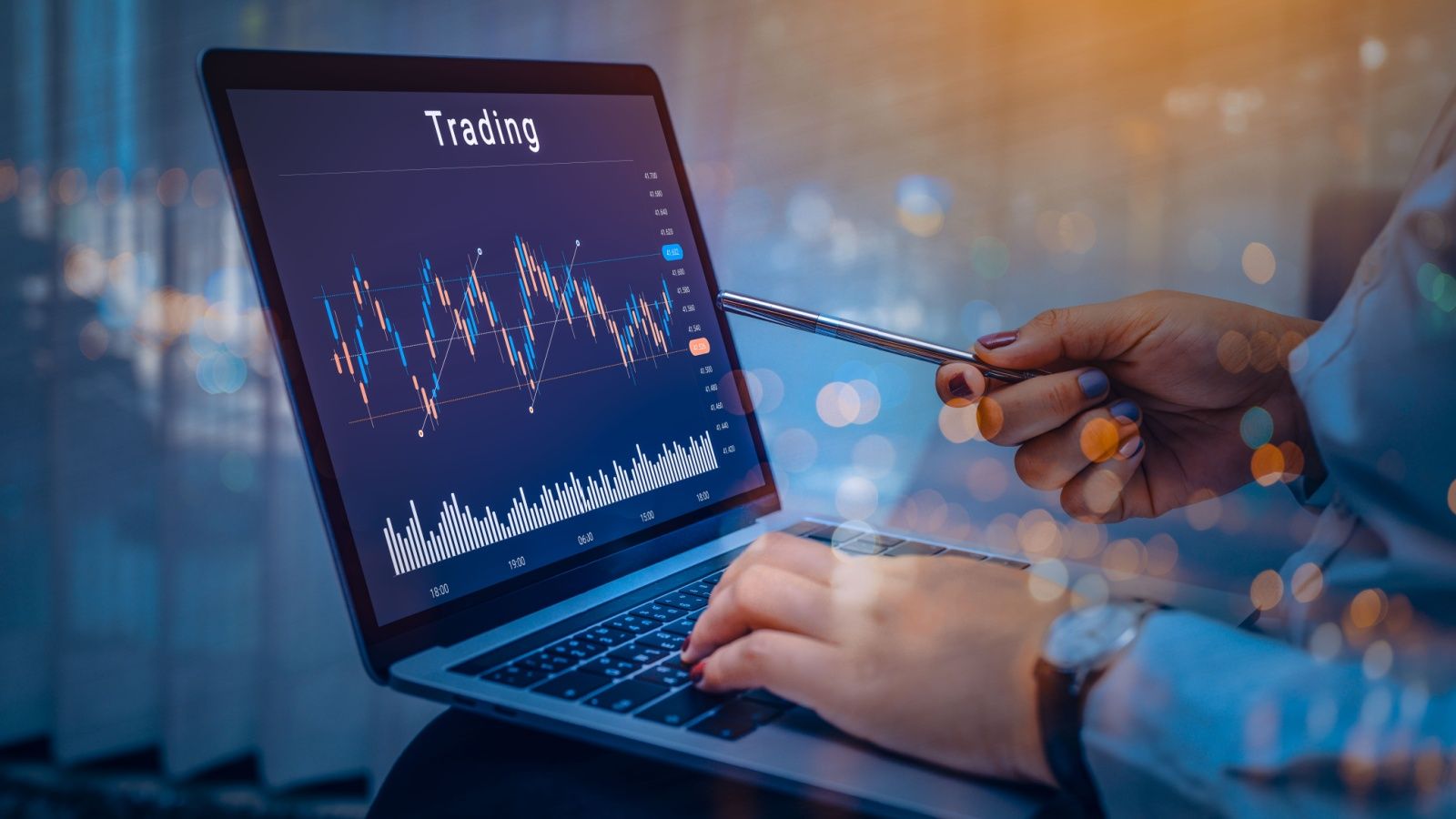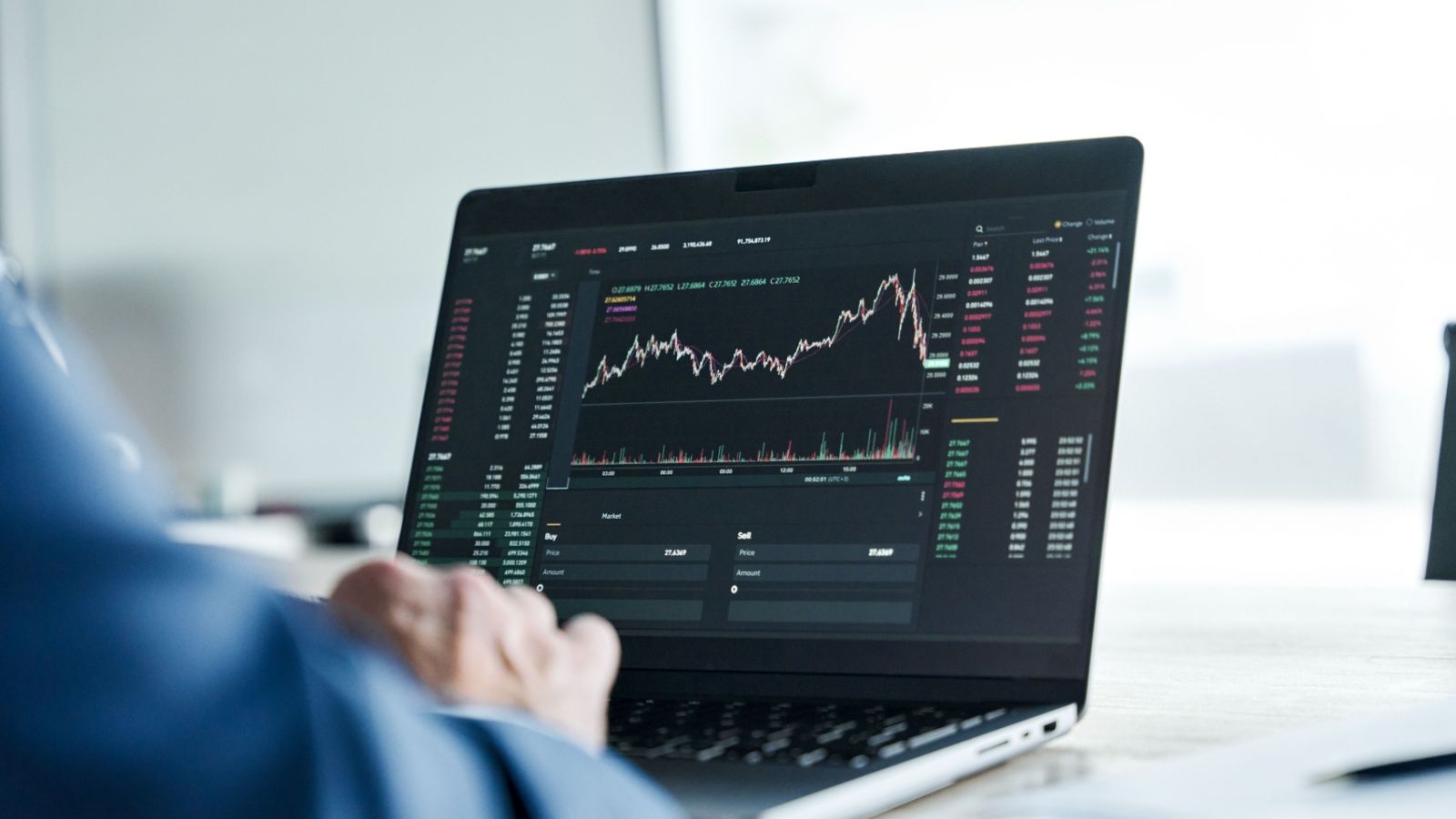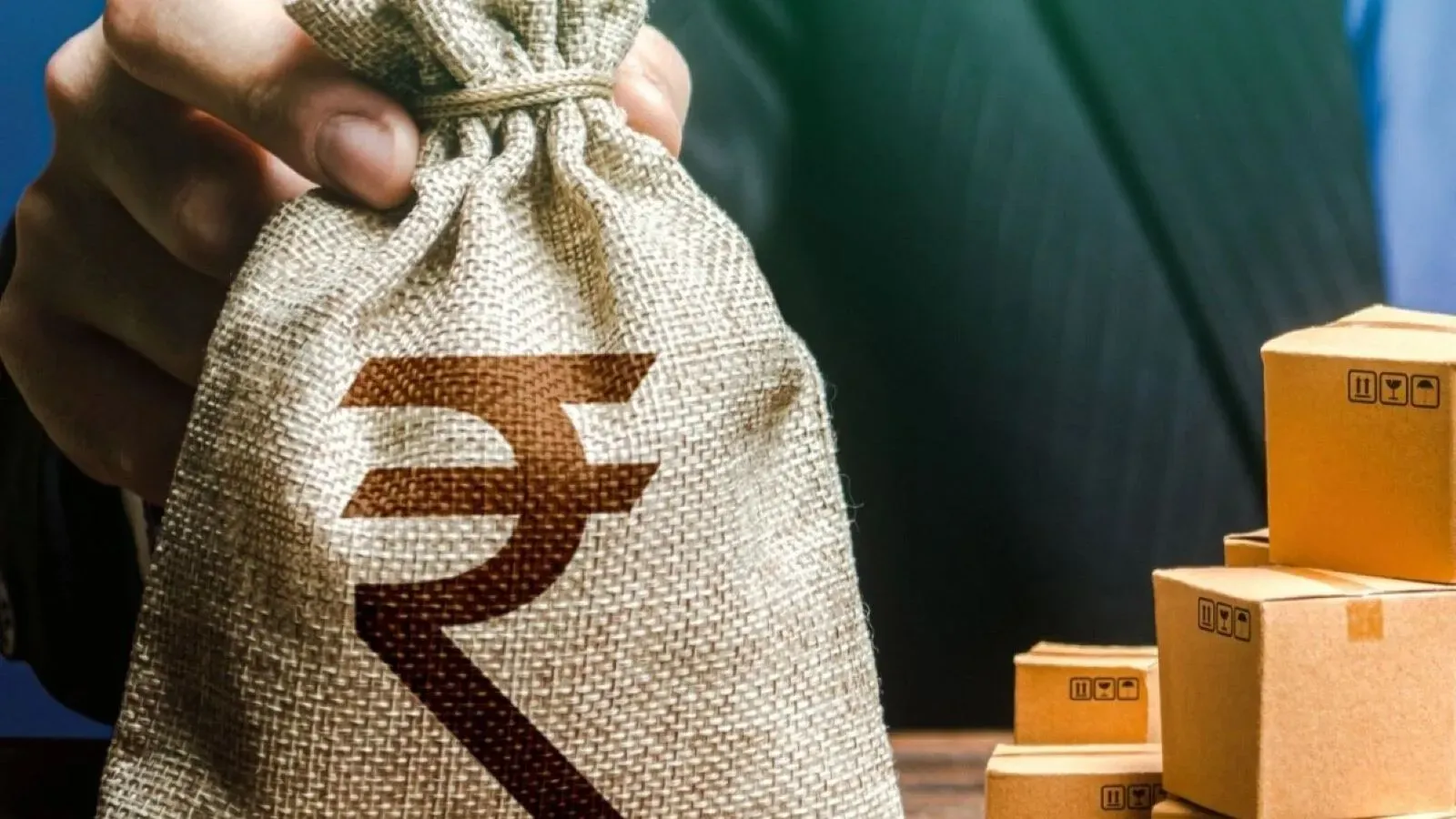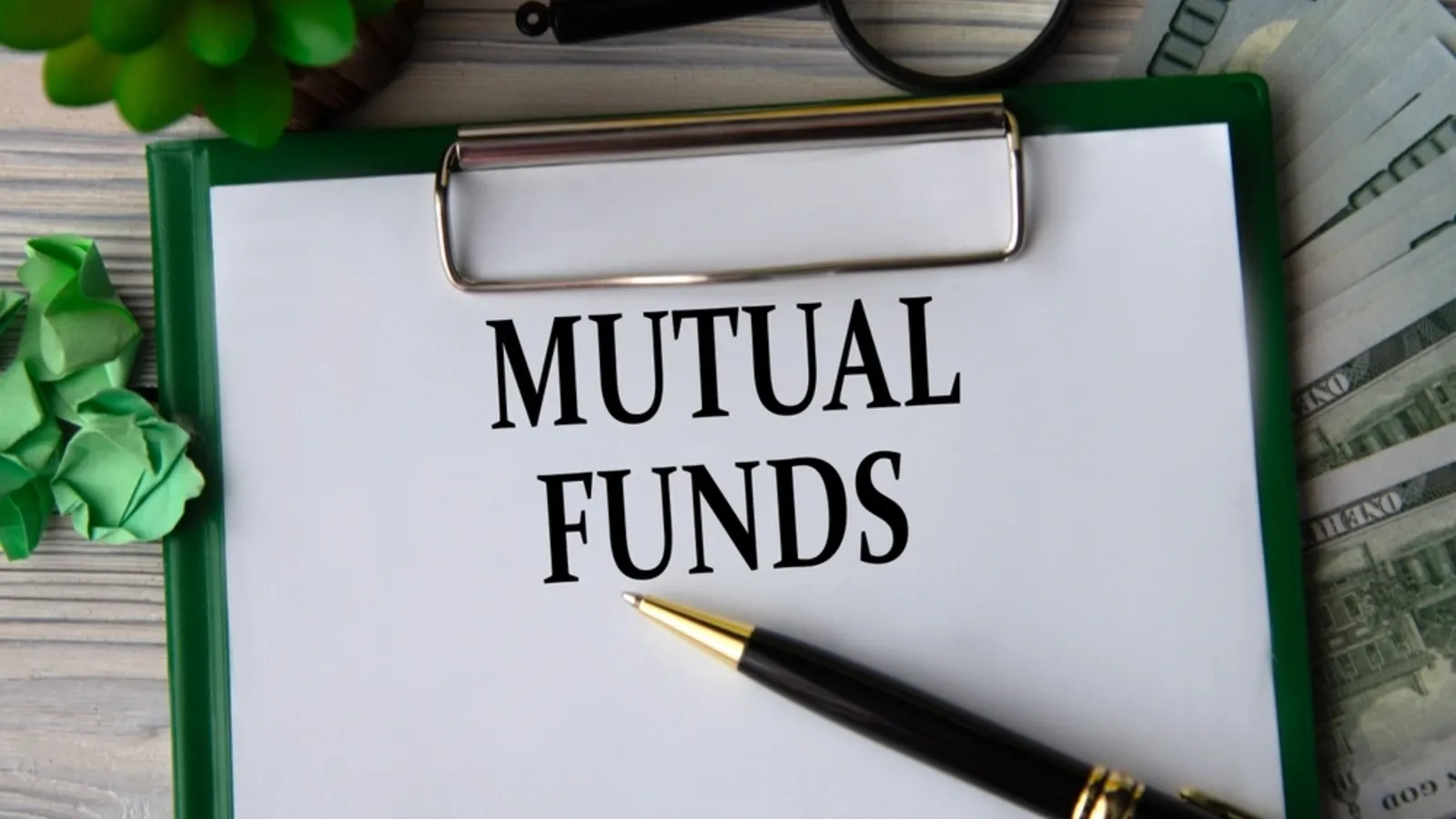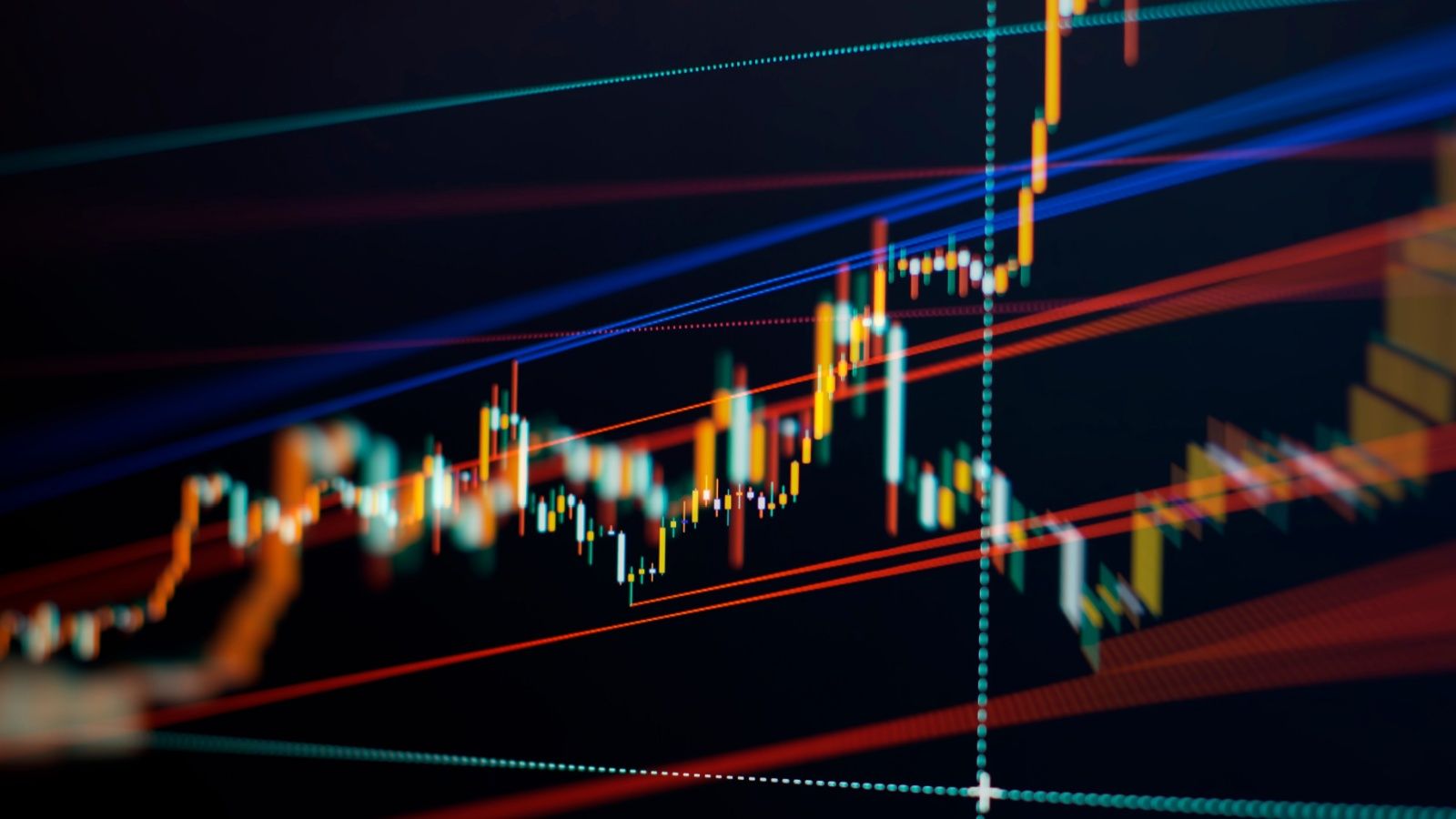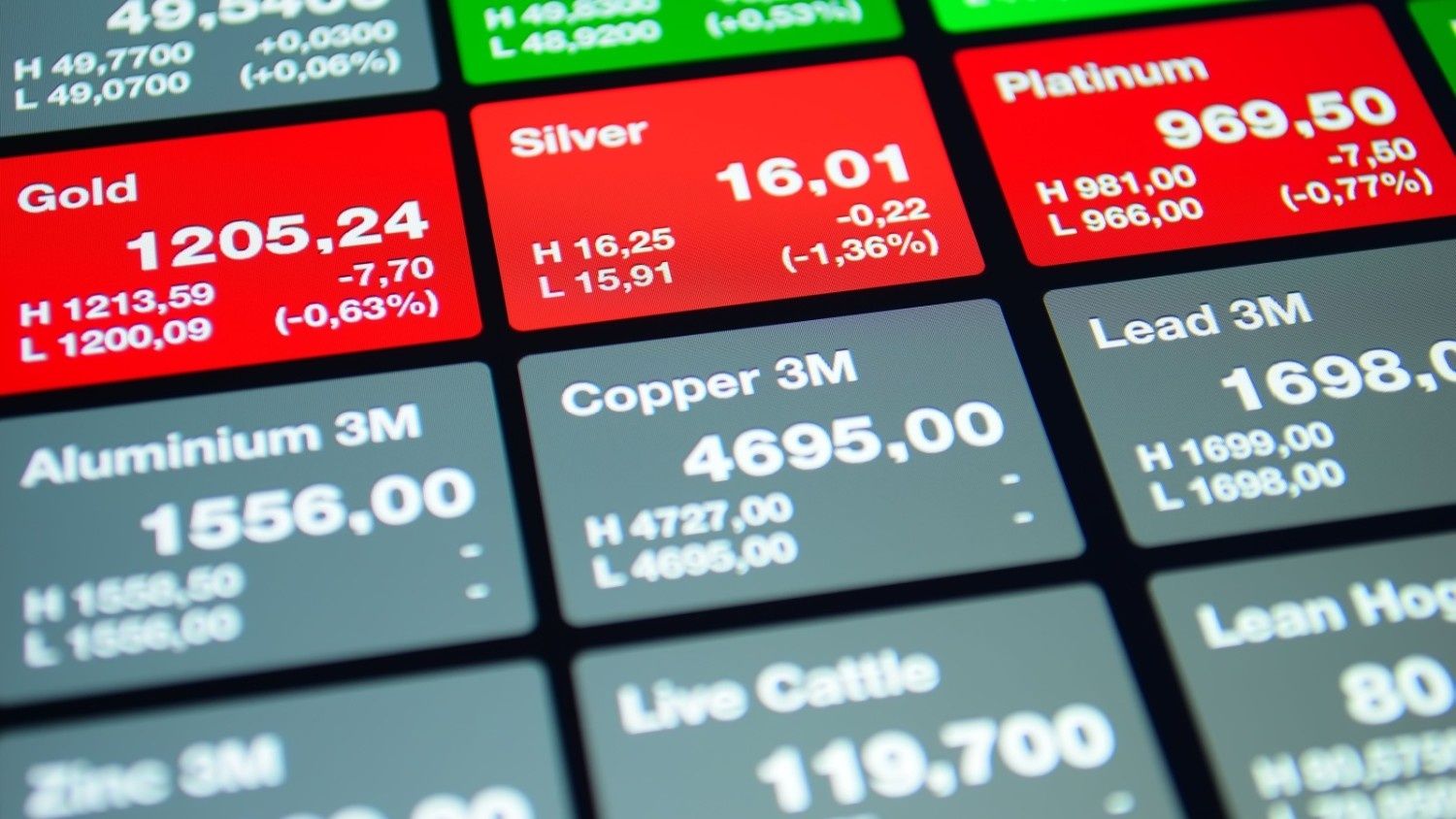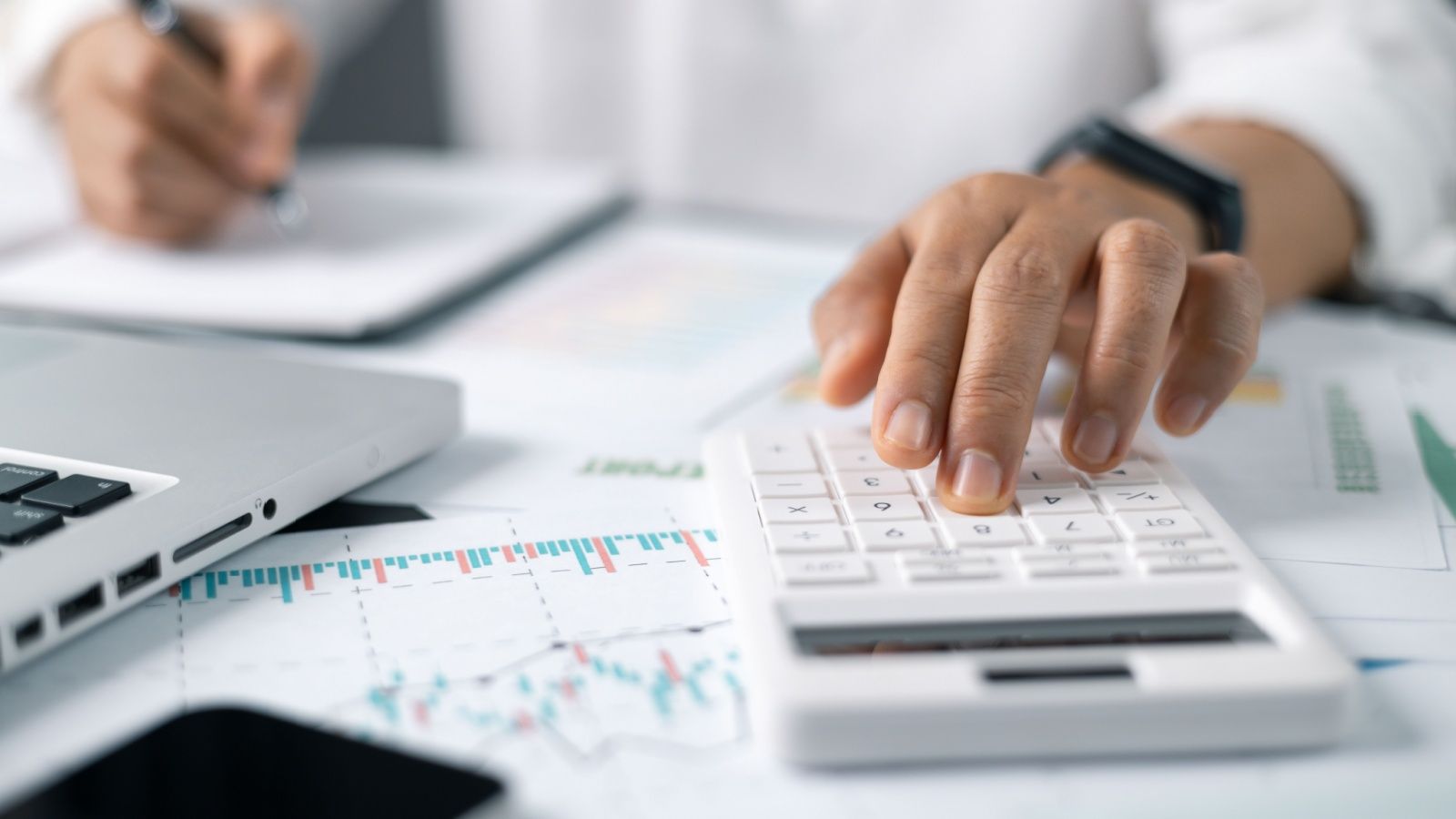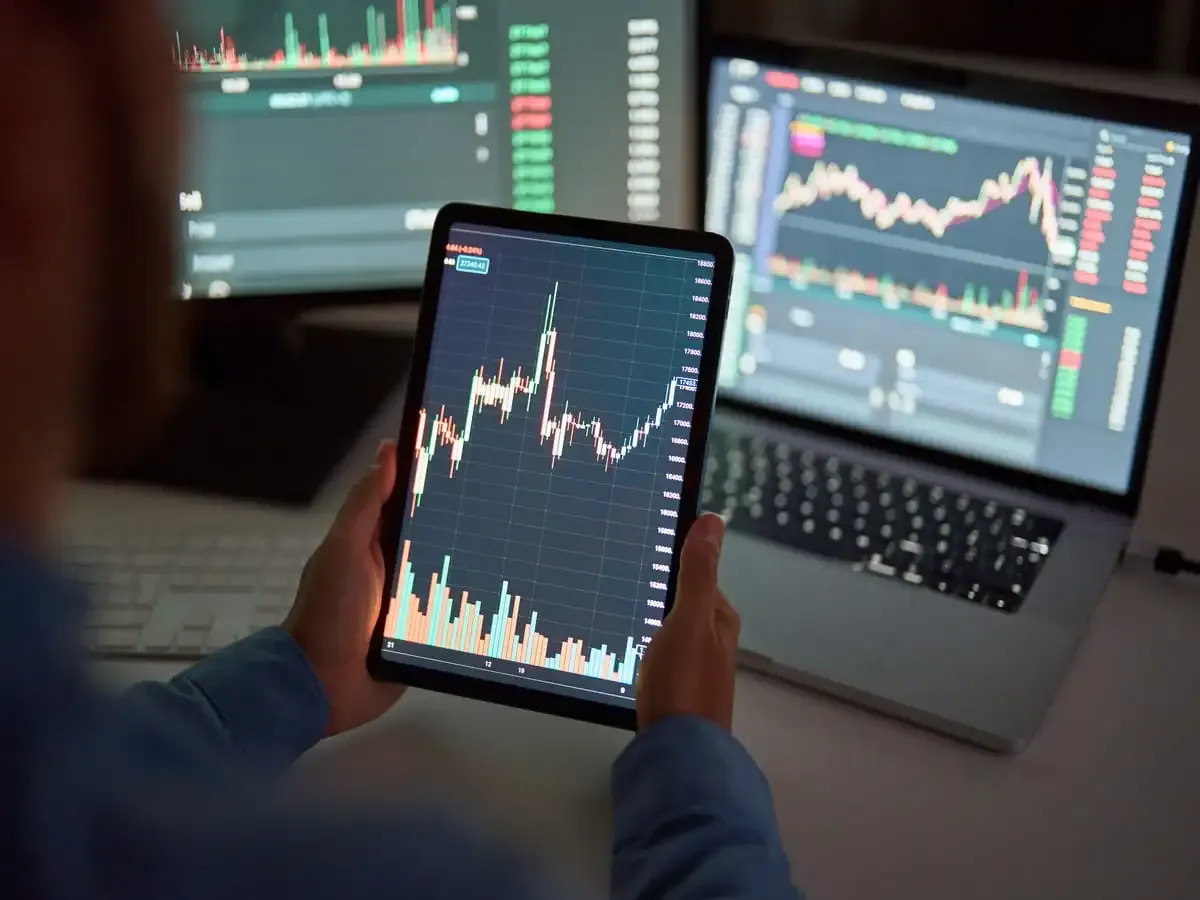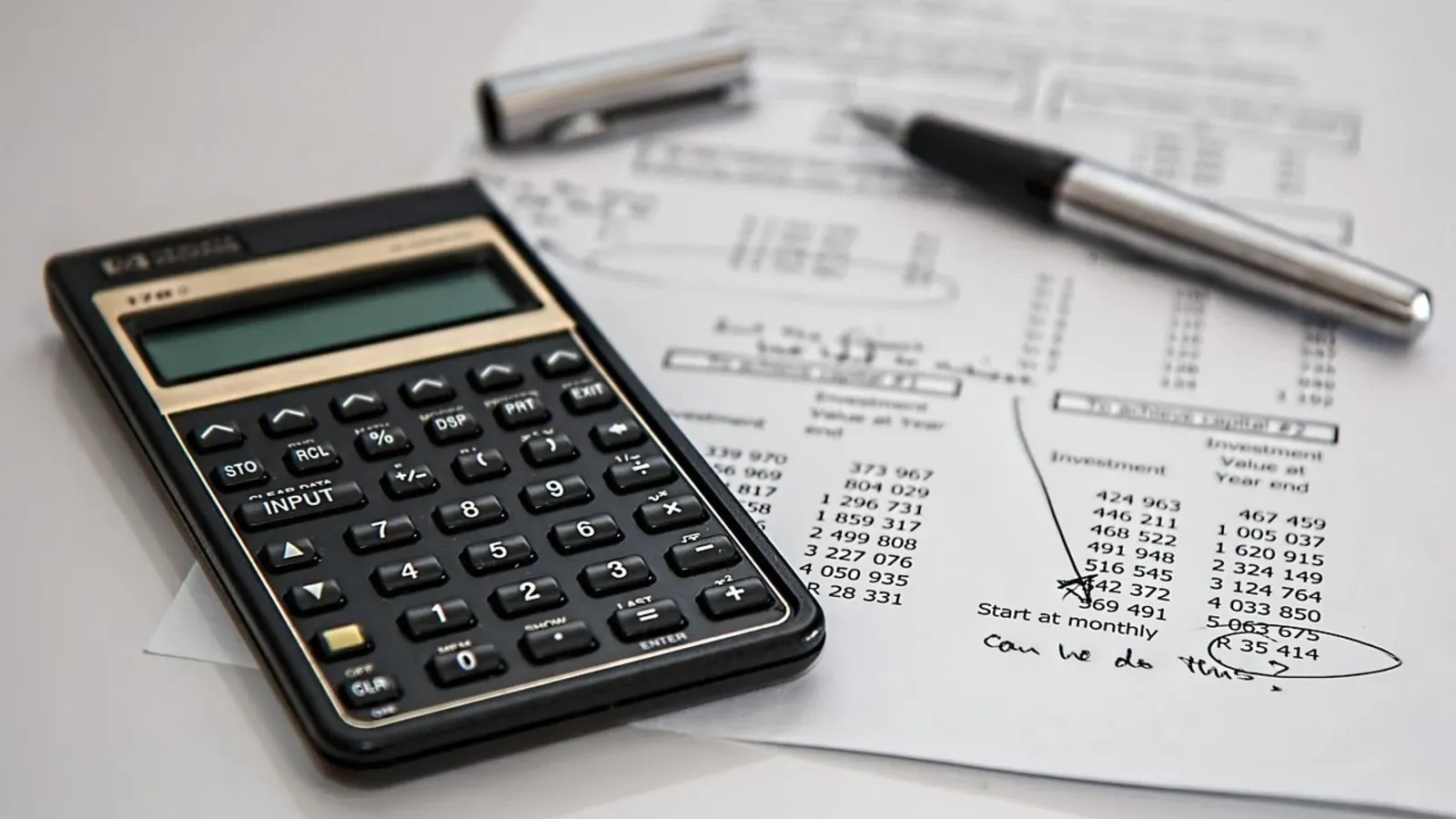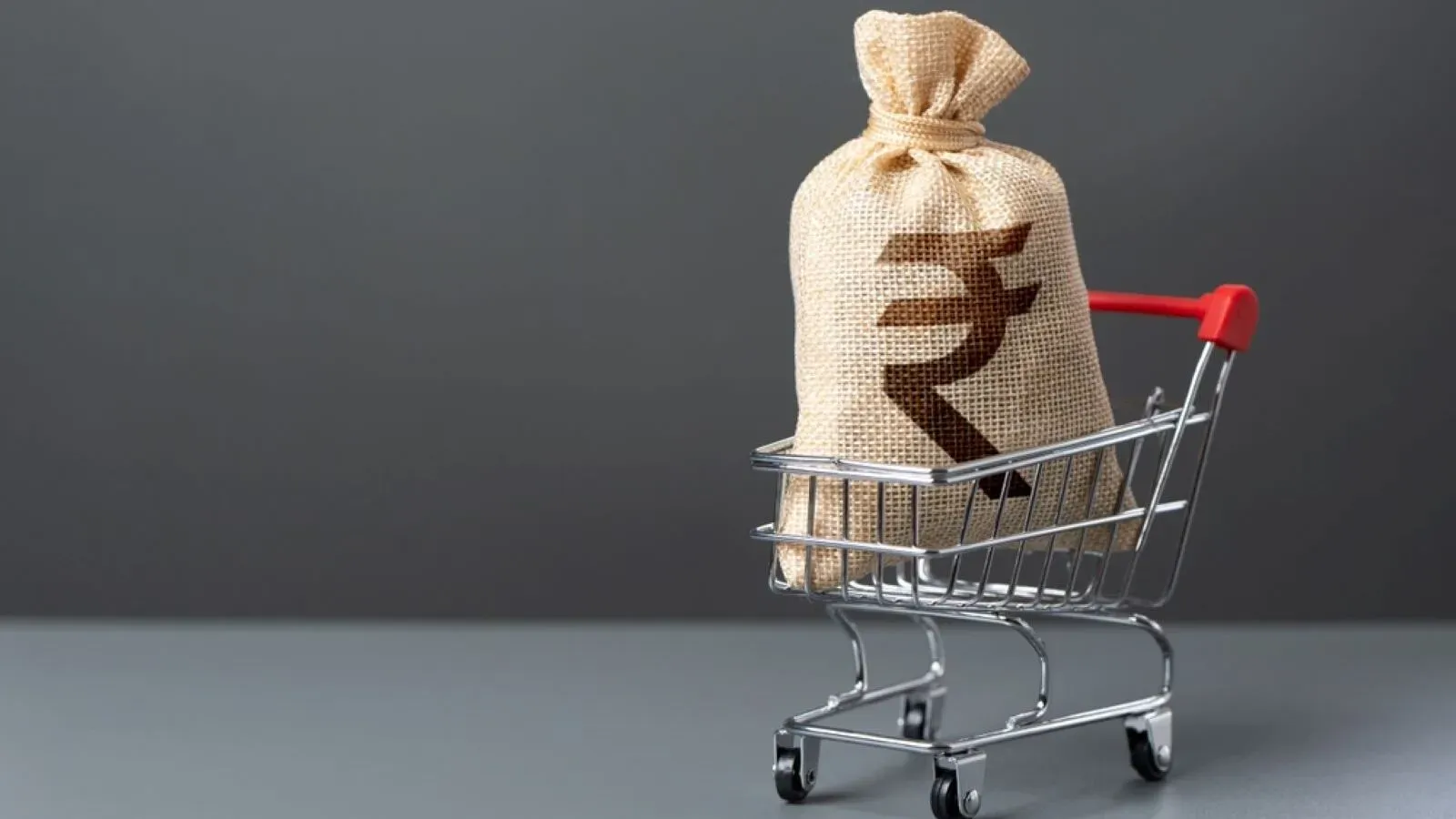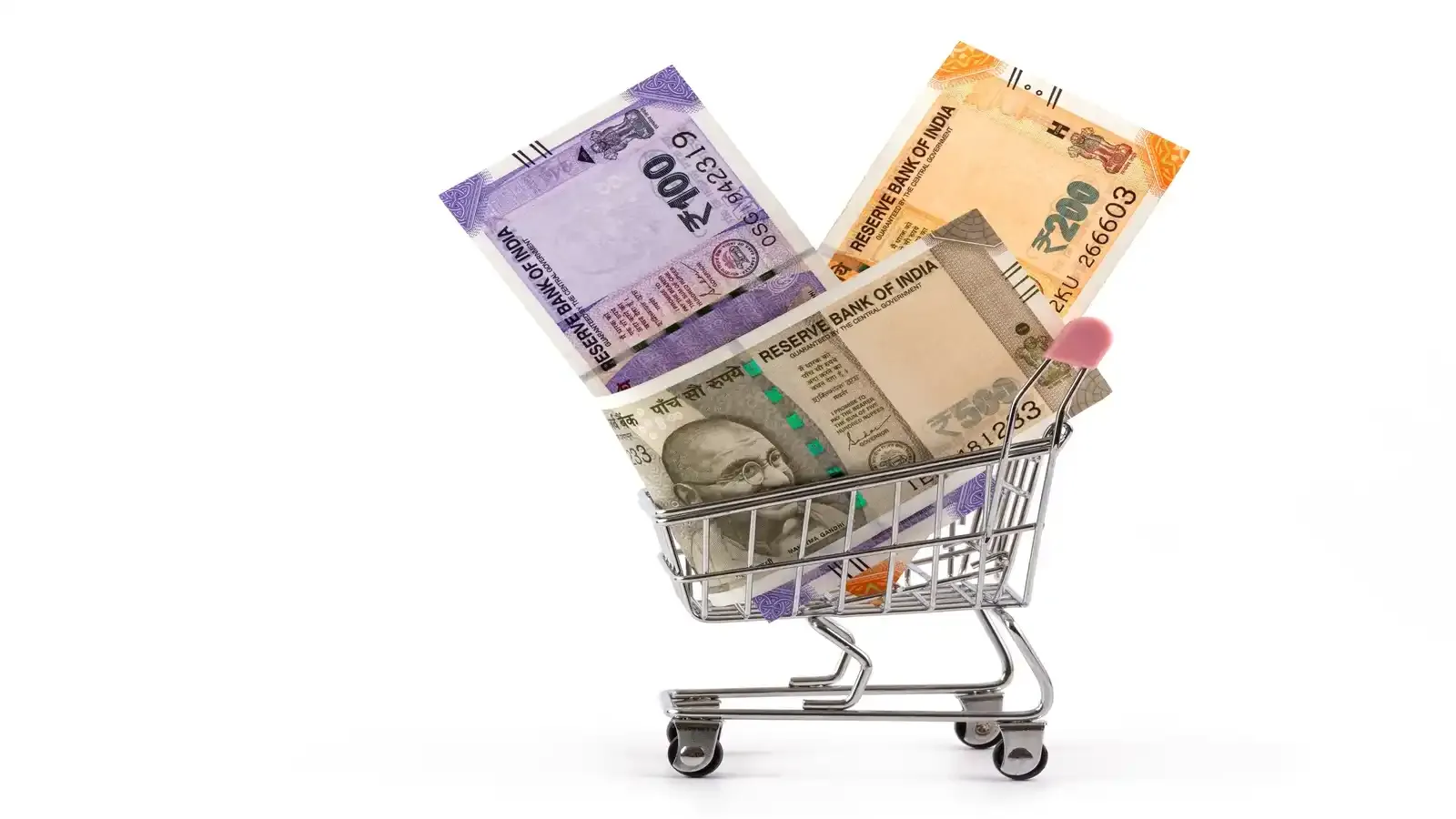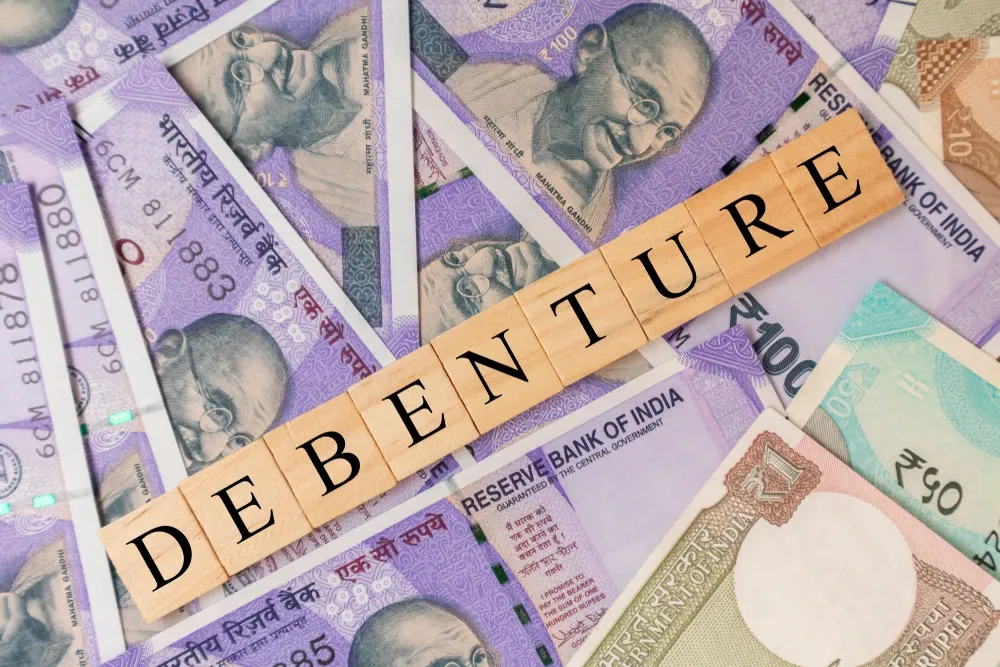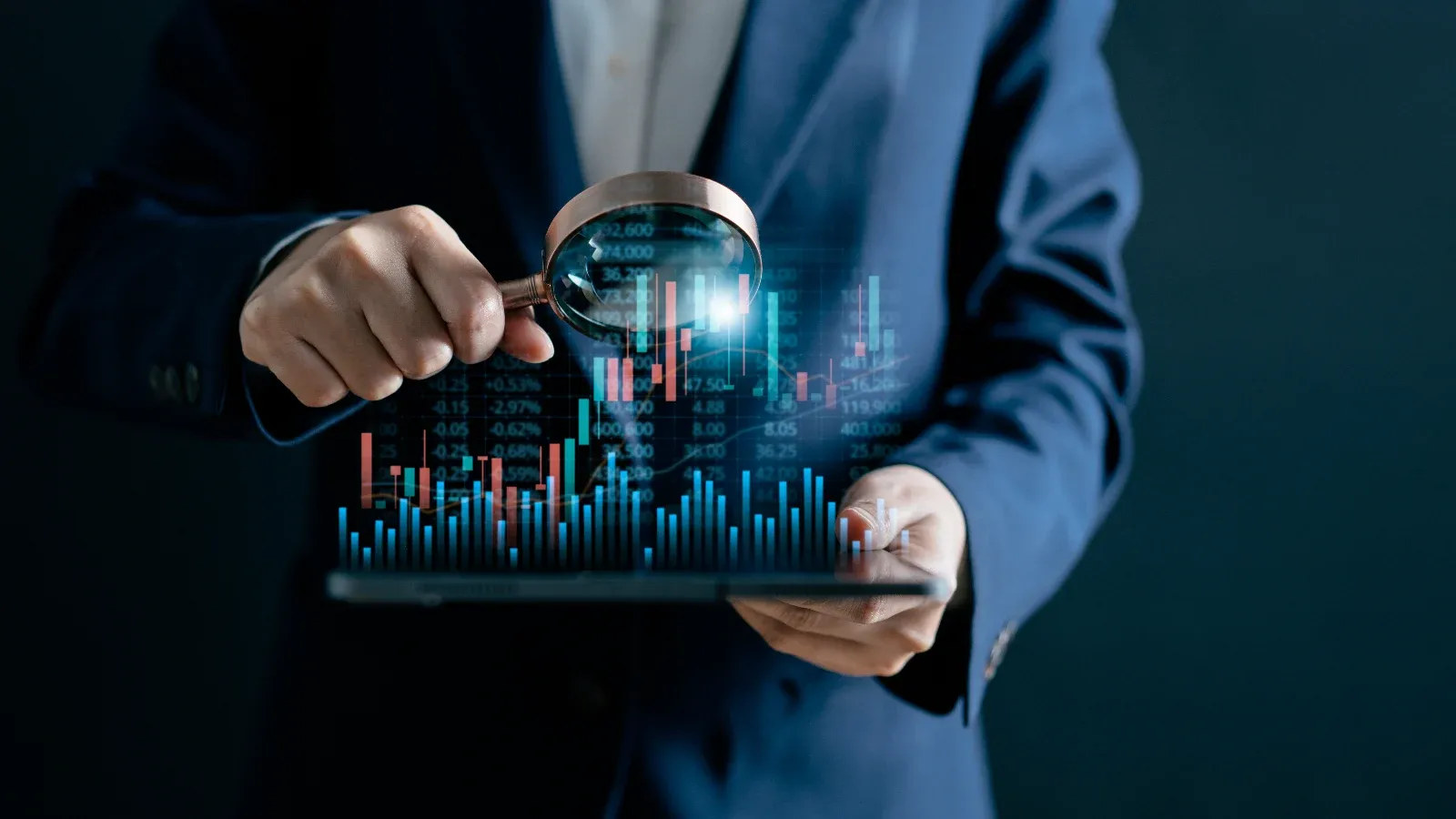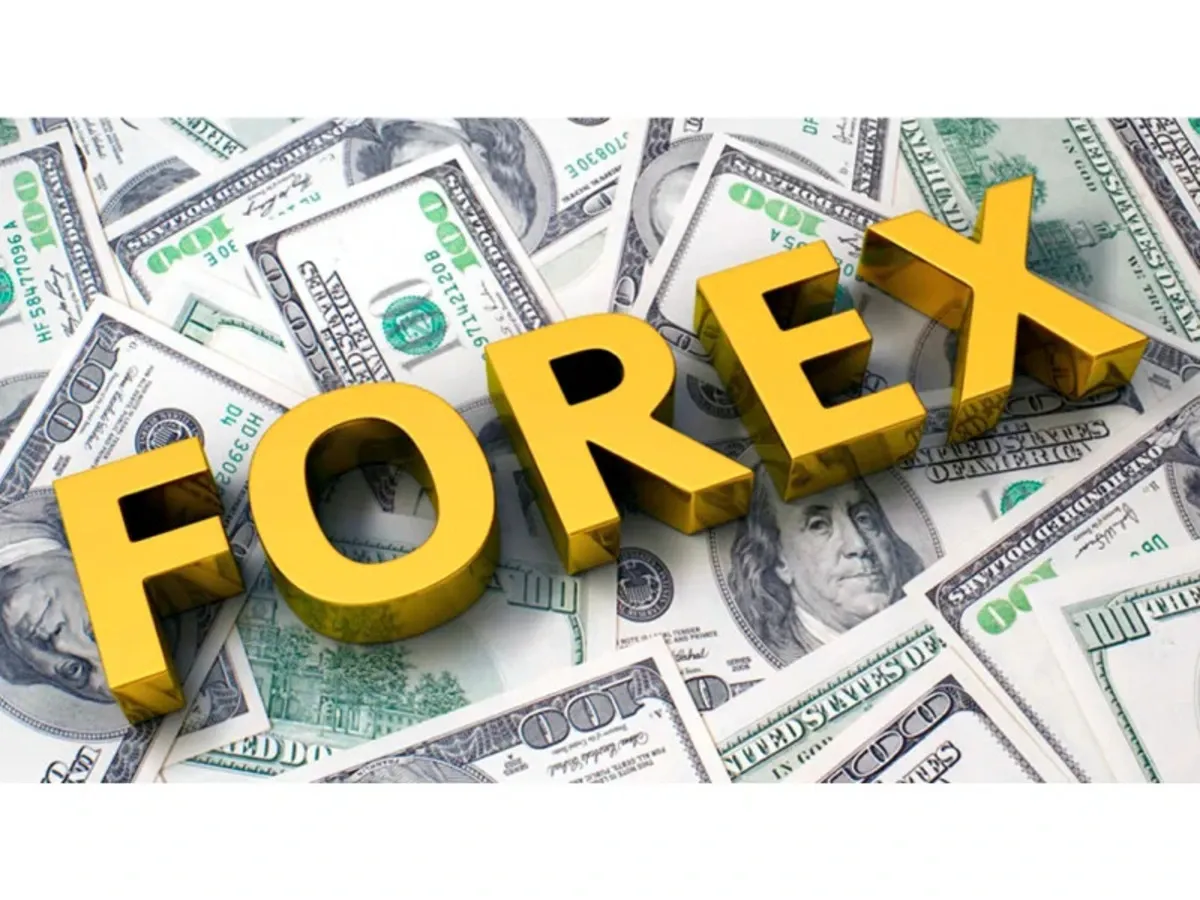What Are Silver ETFs and How Do They Work?
Written by Dev Sethia
Published on October 23, 2025 | 5 min read
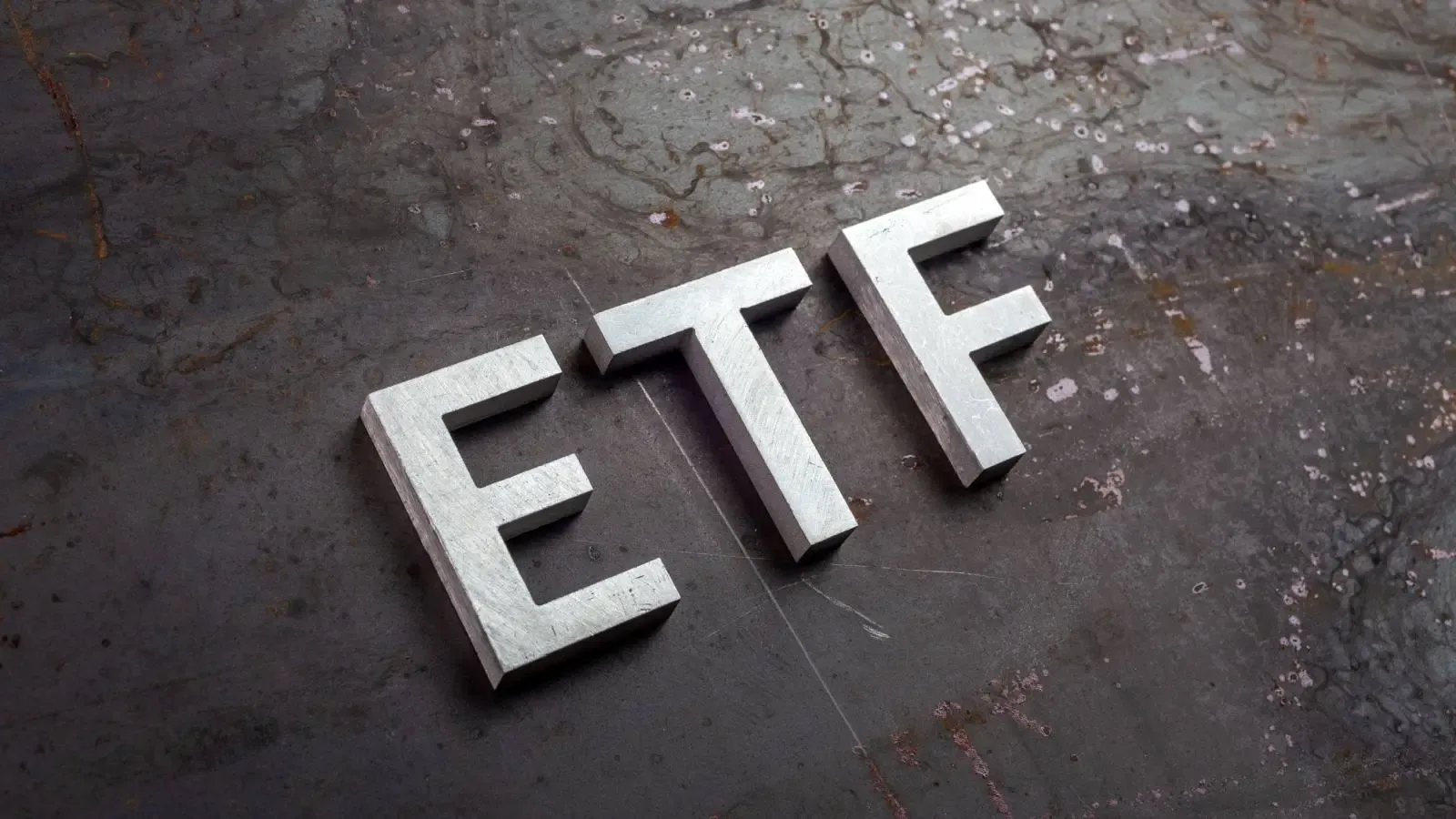
Silver exchange-traded funds (ETFs) have become increasingly popular over the last few years as a handy way to invest in silver without the hassles of physical possession. Silver ETFs combine investor money to purchase physical silver or instruments related to silver, with their net asset value (NAV) reflecting the then-existing silver prices in open markets.
How Silver ETFs Function
Silver ETFs follow the spot price of silver, so any movement in silver prices has a direct influence on the NAV of these funds. The fund managers buy physical silver and keep it safe in vaults, and investor holdings are guaranteed by physical assets. These funds are overseen by the Securities and Exchange Board of India (SEBI), which protects the interests of the investors. Fund managers also have to get periodic auditor reports to confirm physical silver held in vaults.
Key Silver ETF Features
One of the key benefits of silver ETFs is purity assurance. The silver purchased and warehoused is at least 99.99% pure, following rigorous standards. In contrast to physical investment in silver, silver ETF investors do not have to worry about storage trouble and related expenses since such tasks are left to the fund house handling the investment.
In addition, silver is an inflation hedge and thus a good choice when the economy is uncertain. Silver ETFs allow investors to diversify portfolios as well, minimizing overall exposure to risk through the addition of low-risk commodity investments such as silver and gold.
Taxation of Silver ETFs
Silver is treated as a capital asset and taxed as debt securities in India. Long-term capital gains tax is applicable if silver ETF units are retained for over 36 months, with earnings taxed at a uniform rate of 20%. In the case of holdings of less than 36 months, earnings are short-term capital gains and are taxed based on the investor's relevant income tax slab.
Things to Consider Before Investing in Silver ETFs
Investors must evaluate their risk appetite prior to investing since silver is generally more volatile than gold as a result of its price responsiveness to supply and demand conditions. Expense ratios of competing ETFs must also be compared since higher expense ratios are likely to decrease total returns.
Another significant consideration is tracking error, the measure of the disparity between the returns of the ETF and its benchmark silver price. The investors are recommended to opt for ETFs with little tracking error so that they follow silver's market performance closely.
SEBI Regulations on Silver ETFs
SEBI has put strict rules for silver ETFs to keep the process transparent and safeguard investors. The fund houses have to invest a minimum of 95% of the overall corpus in silver or instruments related to silver, such as exchange-traded commodity derivatives based on silver.
Tracking error should be capped at 2%; if it crosses this threshold, the fund house is required to report the exact tracking error percentage on its website. SEBI also puts a cap on expense ratio charged by fund houses at an absolute maximum of 1% of the assets under management to pay for operational expenses.
Finally, in order to maintain purity levels and avoid fraud, the fund houses are required to follow the London Bullion Market Association (LBMA) standards by investing in physical silver only of 99.99% purity.
FAQs
What are Silver ETFs, and how do they function?
Silver ETFs funnel money from investors towards investments in physical silver or instruments related to silver as an asset class, and they derive their value based on the market price of silver. Fund managers buy and store physical bullion in secure storage. This allows investors to gain price exposure without having to own or deal with physical silver.
What advantages are there to investing in Silver ETFs?
Investing in Silver ETFs ensures investors receive pure silver. There are no storage costs, they act as a hedge against inflation, and it is a method to diversify investments and lessen risk.
What are the tax implications of Silver ETFs in India?
Silver ETFs held over a period of 36 months are subject to long-term capital gains tax of 20%. Should the holding open be under a period of 36 months, then the qualified gains would be short-term and taxed appropriately based on the individual’s income tax slab.
What do investors need to consider when determining whether to buy Silver ETFs?
Investors need to consider their overall tolerance for risk, expense ratios need to be compared and ETF tracking error needs to be assessed to ensure that the ETF being considered closely tracks the price and movement of silver as an asset.
What requirements does SEBI impose with respect to Silver ETFs?
SEBI requires a minimum of 95% of the ETF to invest in silver or silver-related instruments. SEBI caps expense ratios at 1%, tracking error is also limited to 2%, and fund houses are to purchase 99.99% pure silver.
Silver ETFs offer investors an easy, affordable, and secure means of owning silver without the problems of physical holding. Under close regulatory control and uniform purity guarantees, silver ETFs present an appealing choice for those wishing to gain exposure to silver's price movements but are desirous of escaping many disadvantages of outright physical possession.
About Author
Dev Sethia
Sub-Editor
a journalism post-graduate from ACJ-Bloomberg with over three years of experience covering financial and business stories. At Upstox, he writes on capital markets and personal finance, with a keen focus on the stock market, companies, and multimedia reporting. When he’s not writing, you’ll find him on the cricket pitch
Read more from DevUpstox is a leading Indian financial services company that offers online trading and investment services in stocks, commodities, currencies, mutual funds, and more. Founded in 2009 and headquartered in Mumbai, Upstox is backed by prominent investors including Ratan Tata, Tiger Global, and Kalaari Capital. It operates under RKSV Securities and is registered with SEBI, NSE, BSE, and other regulatory bodies, ensuring secure and compliant trading experiences.
